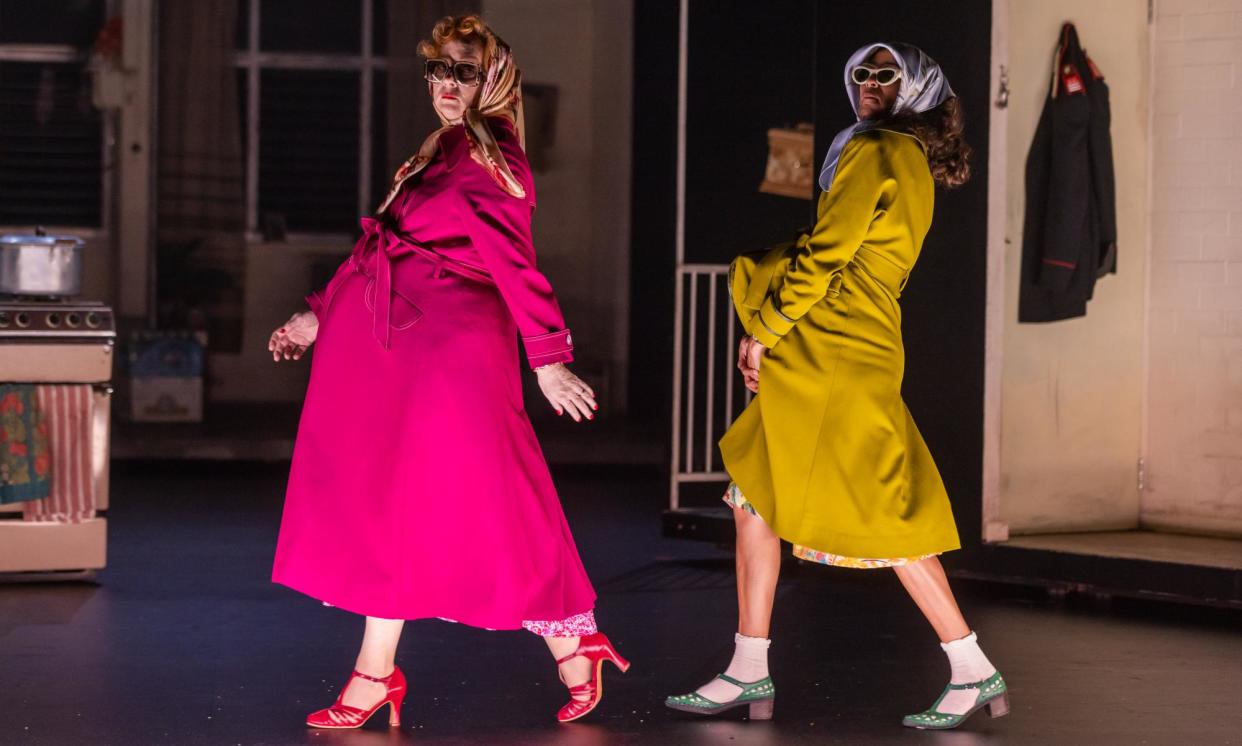Women dominate Australian arts world – but still earn less than men, reports show

A portrait of an artist as a young man is more likely to be a portrait of an artist as a middle age-woman in Australia today.
The seventh economic study of professional performing and visual artists and writers across all art forms was released by Creative Australia (formerly the Australia Council) on Tuesday, and women working in the sector now outnumber men two to one. And the average age of a professional artist is 48 for women and 49 for men.
But while women dominate six of the eight categories covering visual artists, musicians, composers and songwriters, actors and directors, dancers and choreographers and writers – the Australian literary scene shows an 83% dominance in female authors – women are still earning 19% less than their male colleagues.
Co-author of the report, professor of economics at Macquarie University David Throsby, said the gender pay gap was a reflection of economic and social discrimination in the economy at large.
“It exists in as much as it does anywhere else, but that’s still a bit of a surprise,” he said. “You think of artists as being pretty much up with the social mood of the day and in fact leaders in terms of social behaviour, and yet we still have this gender based discrimination there.”
That’s not to say things haven’t improved for female artists, Throsby said, since he conducted his first survey into working artists in 1983.
By 2001 the average total income of men artists was still 57% higher than that of women, reducing to 38% in 2008, and 32% in 2015.
The current study draws data from 2017 to 2022, involving the online responses of 637 workers who met the university-determined criteria of professional practising artist and 477 detailed interviews.
Related: Australia’s gender pay gap explorer: where does your employer rank?
The research found that male artists, on average, earned $25,100 for their core creative work compared to $22,600 for female artists. When additional art-related income such as teaching and mentoring was factored in, the average male artist earned $17,600 in 2021–22, significantly more than the $13,800 earned by the average female artist. Non art-related income increased the disparity even further.
The findings come as no surprise to April Phillips, a Wiradjuri-Scottish computer artist of the galari/kalari peoples. Working in one of the few areas where male artists still dominate – digital and experimental technology art – she believes her gender is underpaid.
“We need to ask ourselves in the arts, do we actually trust women to lead and deliver large scale, ambitious boundary pushing digital works?” she said. “If we do then we must reward this risk taking with fair remuneration and less road blocks”.
The proportion of artists identifying as non-binary or refusing to disclose their gender identity was too small to be deemed significant, Throsby said, and more specialised research needed to be done in this area.
In common with other studies, Throsby said he and fellow researcher Katya Petetskaya were unable to isolate a single factor or combination of factors that could fully explain the pay gap. A higher proportion of women artists now have an academic degree, 77% compared to 64% of men artists. On average women and men artists spent similar amounts of time on their creative work and a similar number in both groups said they had children under their care.
But 47% of female artists who had caring responsibilities said they felt children restricted their work as artists, compared to 17% of males.
About one in five men with children in their care said they did not feel that their artistic work was restricted at all, whereas fewer than one in 10 women in a similar situation felt that there was no impact on their work.
According to data compiled by the Australian Bureau of Statistics, the average incomes of managers and professionals in 2021-2022 totalled $107,400 and $98,700 respectively. For all workers in the labour force, average annual incomes were $73,300.
The average income for a professional practising artist in 2021-2022, taking into accoount all streams of income including non arts-related work, was $54,500.
“It’s a bit dispiriting that artists still have to endure low incomes and a lot lower returns for their work when what they do is such a value to society,” Throsby said.
“If you look at a comparison between professional workers in other occupations, like doctors and accountants or lawyers who all have similar levels of training, similar levels of education and similar periods of experience to get to where they are in their profession, there are still very few artists who can make a full time living out of their creative work.”
The impact of Covid was also taken into account by the researchers, with 16% of artists surveyed saying they had still not returned to pre-pandemic levels of productivity or earnings.


